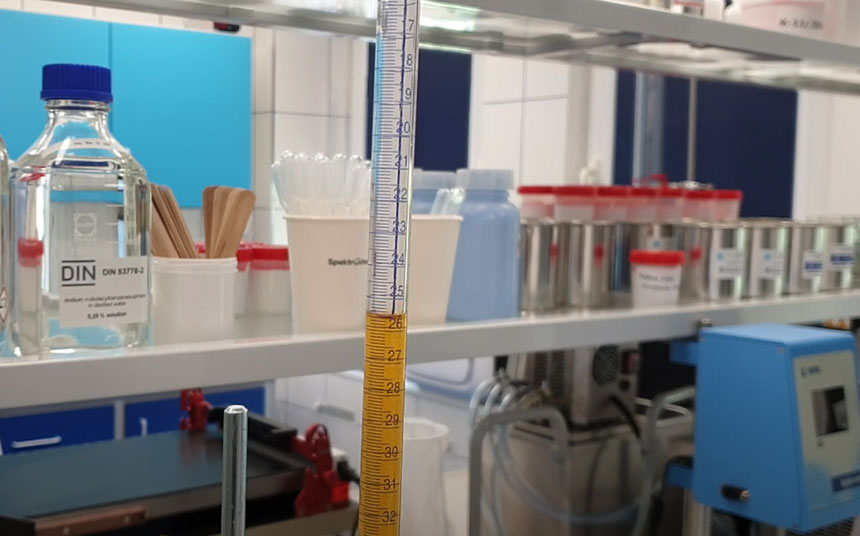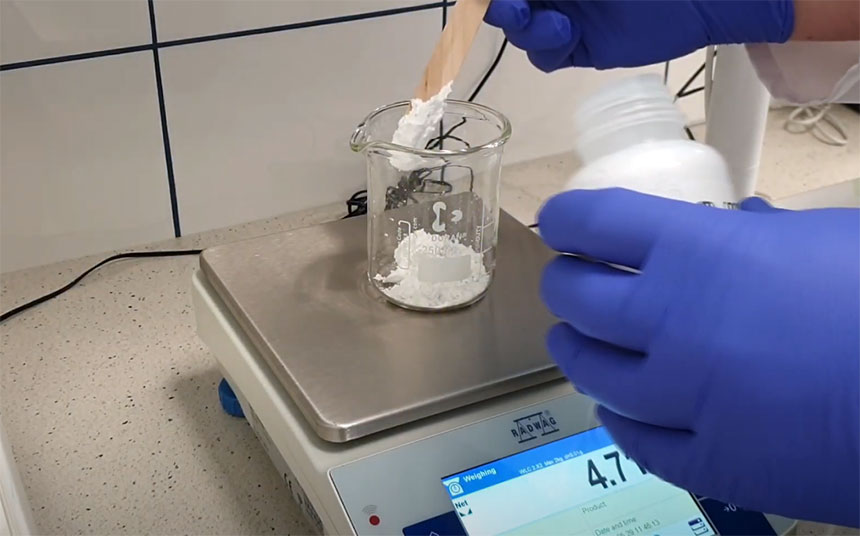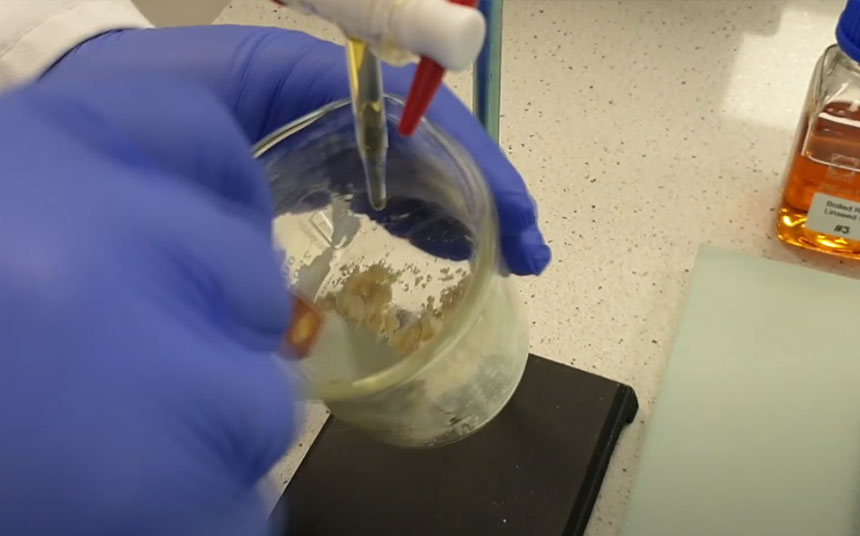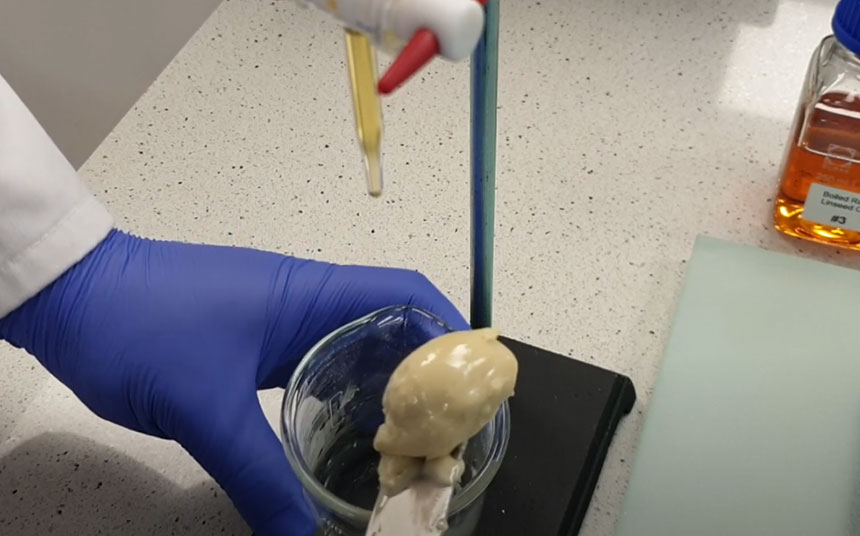 [email protected]
[email protected]
 +86 13965049124
+86 13965049124
 [email protected]
[email protected]
 +86 13965049124
+86 13965049124
categories
recent posts
What is oil absorption?
Oil absorption is the amount of oil required to form a paste with the pigment.
The oil absorption of a pigment is the amount of oil needed to form a spreadable paste with the pigment. It is usually expressed in terms of grams of oil per 100 grams of pigment.
iSuoChem Marketing Department / Edited by Jason

Pic#01 Preparing the oil in tube
In plainer terms, you can think of it as how a pigment "drinks water". The "water" in this case is not really water, but oil, such as pure linseed oil. The ability of a pigment to drink water is measured by an indicator called "oil absorption".
Imagine that the pigment is like a pile of small stones and the oil is like water. When we put the stones in the water, the water penetrates between the stones and covers the surface of the stones. Similarly, when we add oils to pigments, the oils infiltrate the particles of the pigment and fill the spaces between the particles.

Pic#02 Weighing the pigment
So what exactly is oil absorption? How to understand the oil absorption in TDS (Technical Data sheets) of various effect pigments?
Simply put, it tells us how much oil we need in order for all the pigment particles to be saturated with oil and for the spaces between the particles to be filled. Specifically, it is how much pure linseed oil can be absorbed per 100 grams of pigment. This amount we call the oil absorption of that pigment.

Pic#03 Add refined linseed oil with a burette and blend manually with a spatula
For example, if the oil absorption of a pigment is 30 grams per 100 grams, it means that we need to add 30 parts of pure linseed oil to 100 parts of this pigment in order for them to mix into a thick paste-like substance.
Oil absorption is an indicator that tells us to a certain extent how large the specific surface area of the pigment is. Specific surface area is like the "skin area" of the pigment. If the pigment particles are small, the larger its "skin area" is, the more oil it needs to be infiltrated, and the higher the oil absorption will be. On the other hand, if the pigment particles are very large, the "skin area" will be small, the oil needed will be less, and the oil absorption will be low.
Therefore, the lower the oil absorption, the better the pigment's wettability, as it is more easily wetted by the oil. Hopefully, this explanation will help you understand the relationship between oil absorption and pigment!

Pic#04 The final mixture of pigment and linseed oil reaches a thick paste state
Actual Cases from iSuoChem Effect Pigments:
1. Organic pigment. In this products, we usually use oil absorption in TDS. Like Pigment red 57:1, its oil absorption is 55 max ml/100g.
2. Pearl pigment. Pearl pigment also uses oil absorption to tell the customers whether this code is what they need. Like AS100 silver white pearl pigment, its oil absorption is 70-90 g oil/100g powder.
FAQ
1. What is the relationship between particle size and specific surface area in pigments?
2. what is pigment wettability?
3. what are the applications of pigments that require the use of oil absorption?
the professional team to service !